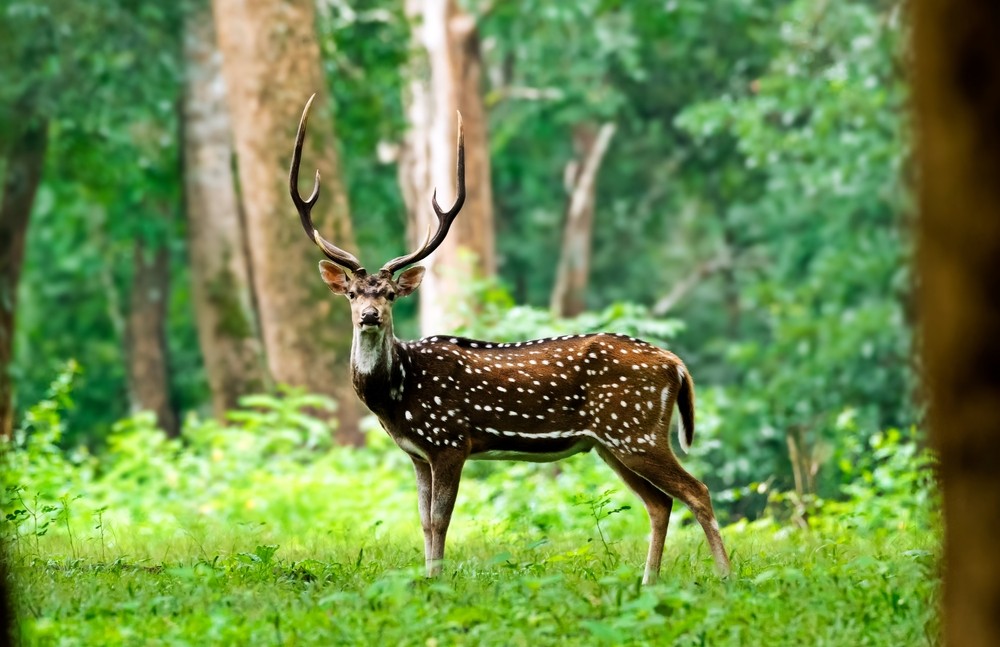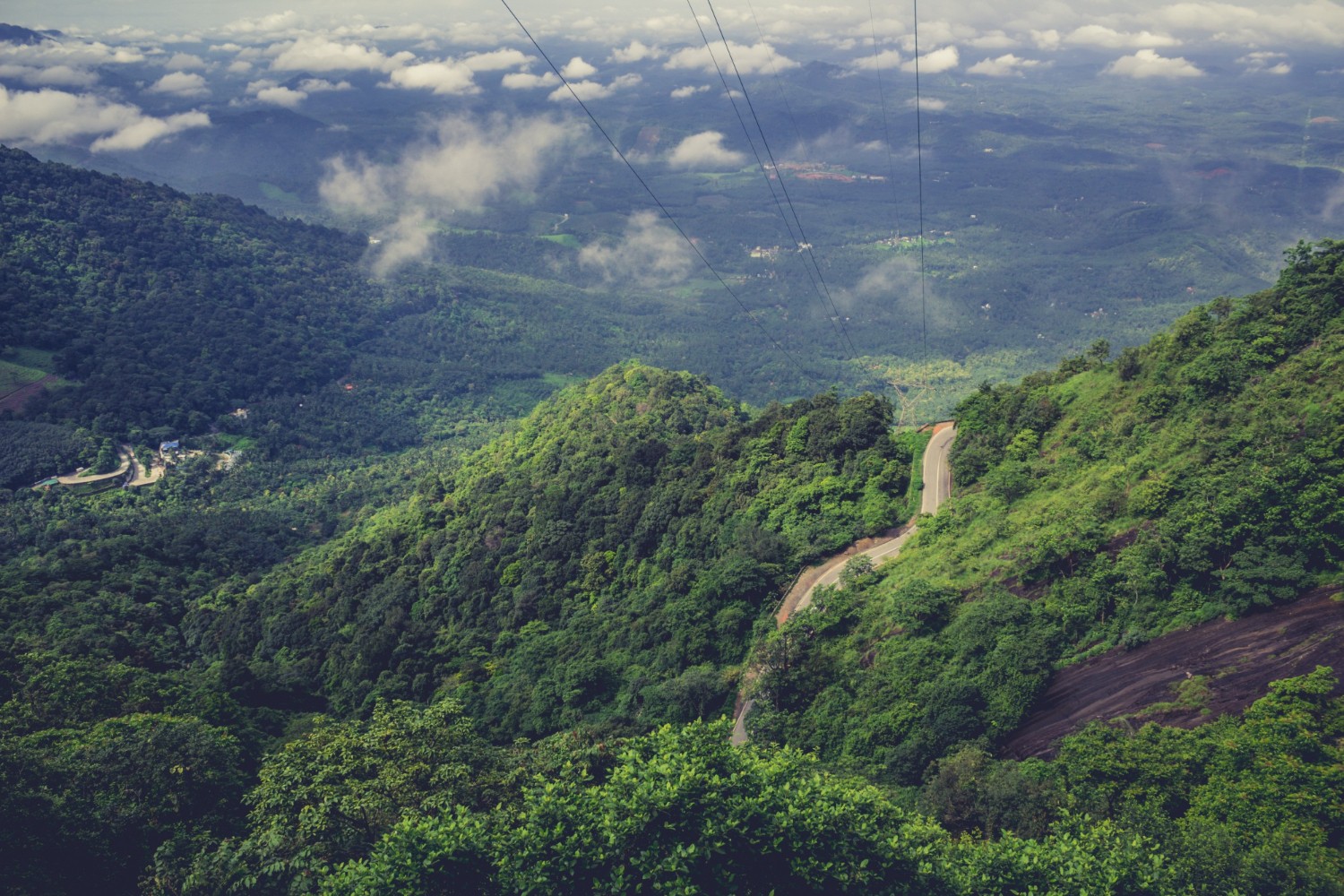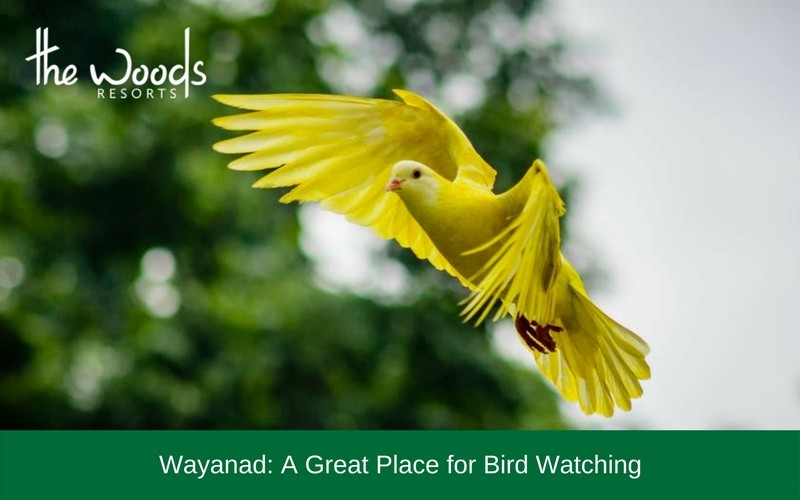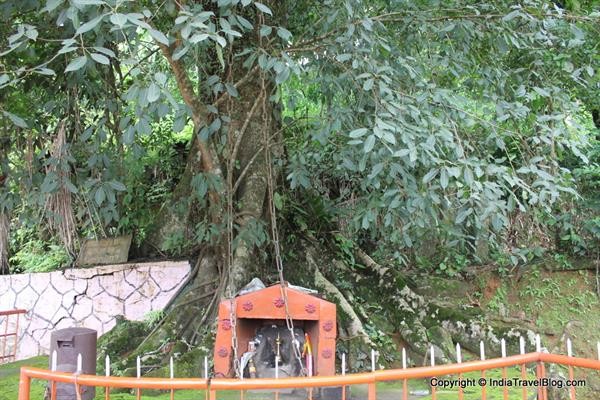Tholpetty Wildlife Sanctuary in Wayanad – All You Need to Know
Wayanad, Kerala's verdant paradise, is situated within the Western Ghats range, defining the boundary region of the greener section of the state. This location is pristine, fascinating, and mesmerizing, in addition to being historically and culturally significant. This lush hill area teems with plantations, wilderness, and animal life. Wayanad hills provide a large land mass for wildlife to roam in their natural habitat.
The 1973-established Wayanad Wildlife Sanctuary, also known as Tholpetty Wildlife Sanctuary, is next to the protected area networks of Nagarhole, Bandipur, and Mudumalai in Karnataka and Tamil Nadu, respectively. The sanctuary is a vital element of the Nilgiri Biodiversity Hotspot, which is supposed to preserve the region's ecological legacy. The refuge is teeming with vegetation and species and consists entirely of a protected reserve. The administration of the sanctuary prioritizes scientific conservation while taking into account the general way of life of the tribes and other forest fringe residents.
History of the Sanctuary
Tholpetty wildlife sanctuary in Wayanad, regarded as one of the most stunning locations in all of Wayanad, has a profoundly exciting history. On this territory, King Pazhassi Raja of Malabar and the British engaged in several engagements.
Wildlife in the Sanctuary
It is a paradise for luring tourists with its awe-inspiring natural beauties and abundant fauna. You can frequently spot tigers, monkeys, elephants, leopards, bears, and langurs. This location is significant to birdwatchers since it provides a refuge for several species of birds. Additionally, butterflies and reptiles frequent the area. There are several types of fish to be found here. In addition, there are wild boars, peacocks, and peahens that get spotted. Male peacocks fan out their brilliantly coloured tails during the season dedicated to courtship to attract a mate. In Tholpetty wildlife sanctuary in Wayanad, visitors may also get a glimpse of certain rare species of snakes.
Also read Wayanad: A Great Place for Bird Watching
Flora in the Sanctuary
Because of the extensive canopy of trees that the terrain provides, it is a veritable paradise for those who study plants. The forest comprises many kinds of vegetation, including tropical wet dry deciduous forests, semi-evergreen forests, and patches of semi-evergreen forests with trees and plants like bamboo and tall spiky bushes of ginger. Teak, eucalyptus, silver oak, and rosewood tree plantations occupy slightly more than a third of the sanctuary.
Jeep Safari in the Sanctuary
The only way to access the sanctuary is to take part in a jeep safari. The forest administration has arranged for jeep safaris that are two hours long and start at the entrance of the sanctuary. This attractive choice will keep you secure while also increasing the likelihood of seeing wild animals. Visitors are welcome to explore and take in the views by driving their cars up to 20 kilometres through the park. Prior authorization from the Forest Department is necessary to carry out this activity. In addition, visitors must have a guide with them at all times, which is available from the Forest Department. Guided hikes are also possible (daily 8 AM -1 PM). The wildlife park is most renowned for its night safari, which is the primary attraction for tourists.
Check out Jungle Safari Through Muthanga Wildlife Sanctuary in Wayanad
Other Activities in the Sanctuary
Bird viewing, night camping, watchtower visits, and hiking are all activities that can give you a powerful sense of adrenaline rush at the Tholpetty Wildlife Sanctuary in Wayanad. The location is perfect for getting in touch with nature and spending time in her embrace while doing "nothing" other than appreciating her gifts, which include an abundance of animals and unspoiled natural scenery.
The watchtower at Tholpetty is another famous attraction here. Visitors get escorted to the tower, where they may see animals like tigers, leopards, elephants, and bison drinking water.
The Wayanad Wild Life Sanctuary is an excellent place to go trekking since there is so much to discover there. The sorts of deers encountered here include red deer and spotted deer.
Places to Visit Around Tholpetty Wildlife Sanctuary
It is possible to visit this animal sanctuary and other well-known tourist destinations in the Wayanad region, such as Kuruva Island, the Nagarhole Wildlife Sanctuary, the Papanasini River, and the Pakshipathalam Bird Sanctuary. These locations have stunning scenery, which is the primary draw for the hundreds of nature lovers who journey here yearly.
Places to Stay In and Around Tholpetty Wildlife Sanctuary
The forest department maintains many lodges and rest houses in the Wayanad Wildlife Sanctuary. Mananthavady and Sulthan Bathery are a hub that offers a variety of lodging alternatives like hotels and resorts with swimming pools, spas, and wellness centres.
Extra Tips to Visit the Sanctuary
All guests are required to remain in the outer tourist zone.
- It is preferable to visit the location in the morning rather than the afternoon since animals do not go out during the warmest part of the day.
- The conflict between humans and animals is prevalent. Therefore, please adhere to the park's regulations for your safety.
- Follow your guide's advice and never leave the safety of your vehicle, particularly in the presence of wildlife.
- Between August and March is the ideal time to come. From March 10 through April 11, the sanctuary is off-limits to visitors.
Finally, there is so much to do in and around Tholpetty Wildlife Sanctuary in Wayanad that you should plan well in advance. Consider the time of the year you come here and the kind of accommodation to take up, like resorts or lodges.







